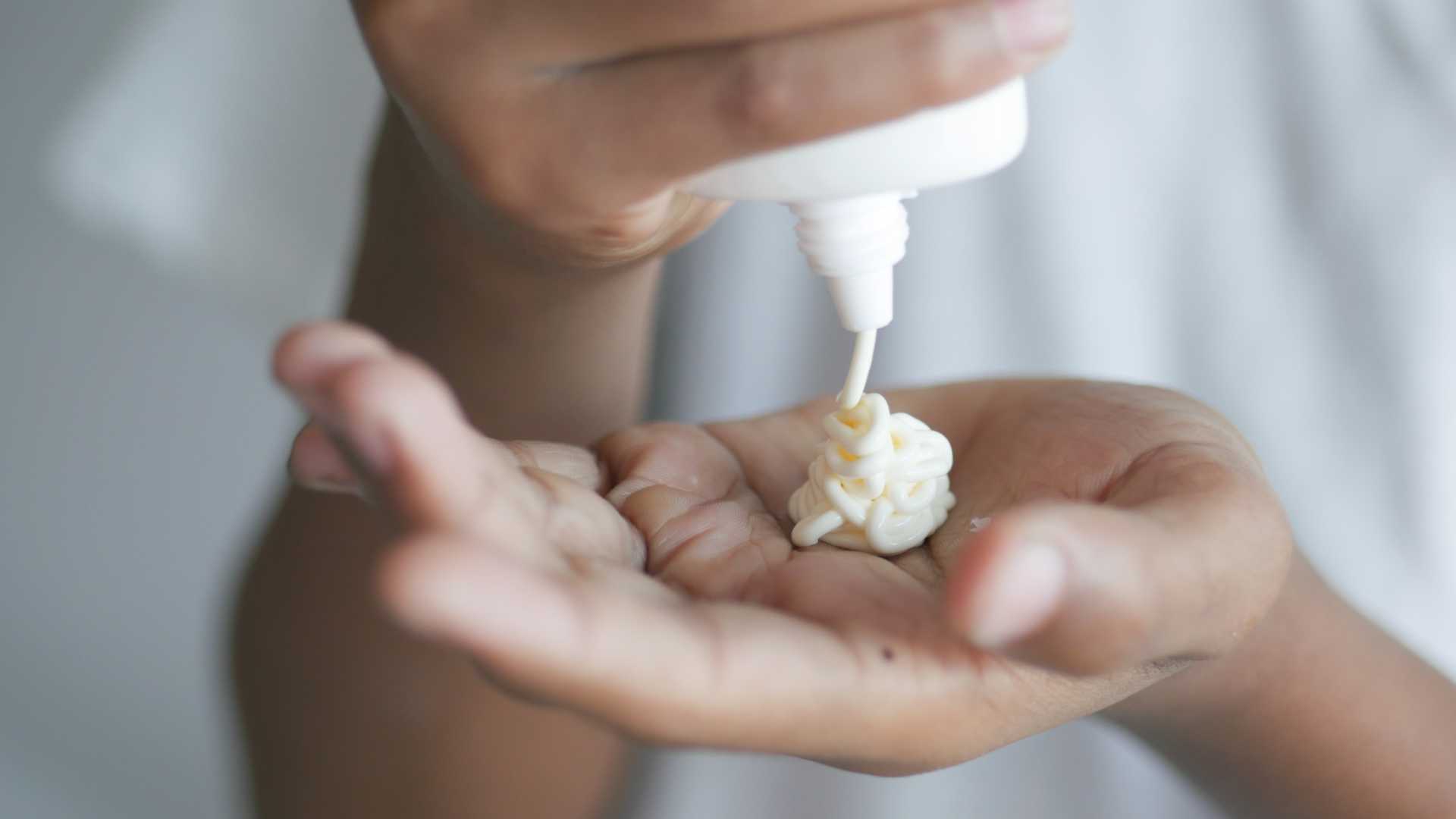Understanding Physical Impacts of Incontinence

Incontinence is a condition that affects millions of people worldwide, and its physical impacts can be both challenging and uncomfortable. While incontinence varies in type and severity, the physical consequences often intersect and influence an individual’s well-being. This article explores the specific physical impacts of incontinence and offers strategies for effective management.
1. Skin Irritation
Prolonged exposure to urine or faeces can lead to skin irritation, redness, and, in severe cases, skin breakdown. The moisture and irritants from incontinence can be particularly problematic for the skin in areas covered by incontinence products. To mitigate this impact, individuals should…
- use absorbent, moisture wicking incontinence products to keep the skin dry.
- practice good hygiene by cleansing the affected areas regularly and applying skin protectants as advised by healthcare professionals.
2. Urinary Tract Infections (UTIs)
Incontinence can increase the risk of UTIs due to incomplete bladder emptying, which creates a breeding ground for bacteria. To minimise the risk of UTIs…
- maintain proper hygiene practices, particularly in the genital area.
- promptly address any signs of UTIs, such as frequent urination, pain, or fever, by seeking medical attention.
3. Impaired Sleep
Nocturia, the frequent need to urinate during the night, can disrupt sleep patterns. This lack of quality sleep can result in fatigue and other adverse effects on physical and mental health. To improve sleep quality…
- limit fluid intake in the hours leading up to bedtime to minimise nighttime awakenings.
- develop a consistent bedtime routine to improve sleep hygiene.
4. Pelvic Muscle Weakness
Weakened pelvic floor muscles are a common cause of incontinence. Strengthening these muscles through exercises like Kegels can improve bladder control and reduce leakage. Additionally, consult a healthcare provider or pelvic health specialist to receive guidance on effective pelvic floor exercises.
5. Physical Limitations
Incontinence can lead to physical limitations and reduced quality of life. The fear of leakage can cause individuals to avoid physical activities and social interactions. Overcoming these limitations involves…
- exploring incontinence products that provide comfort and reliability, allowing you to stay active and engaged.
- seeking emotional support and counselling to manage the psychological impacts of incontinence.
6. Increased Fall Risk
Frequent trips to the bathroom, especially at night, can increase the risk of falls and injuries. To minimise this risk…
- ensure well-lit pathways to the bathroom and consider using nightlights to navigate safely.
- remove obstacles and hazards that could lead to slips and falls.
7. Hydration Concerns
Restricting fluid intake to reduce the frequency of urination can lead to dehydration and other health issues. Maintain proper hydration by…
- monitoring your daily fluid intake and consulting a healthcare professional for guidance on fluid management.
- incorporating hydrating foods like fruits and vegetables into your diet.
8. Impacts on Everyday Life
Managing incontinence may require wearing protective undergarments, using absorbent pads, and maintaining an awareness of restroom locations. To adapt and improve your daily living…
- stay informed about available incontinence products.
- seek professional guidance to develop a tailored management plan that suits your lifestyle.
Incontinence is a manageable condition, and understanding its physical impacts is the first step in regaining control of your life. With the right strategies and support, individuals can effectively navigate the challenges posed by incontinence and enhance their overall well-being.